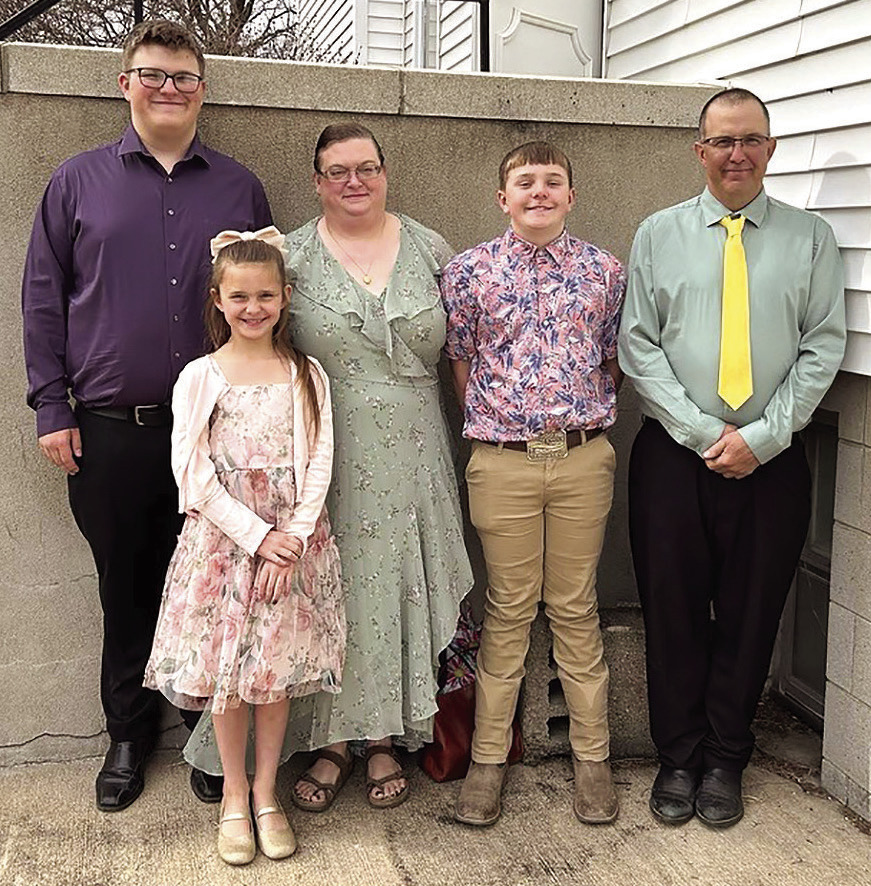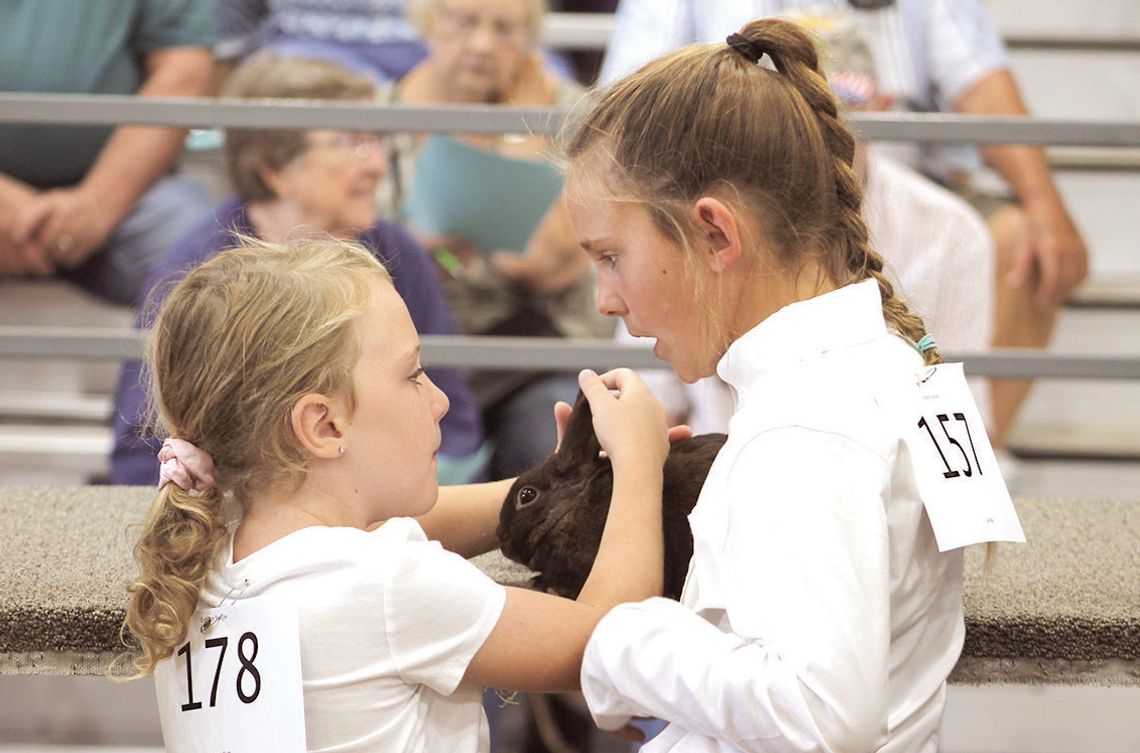The Plaetz family has taken the old adage “breeding like rabbits” to heart.
The family of five has slowly grown their herd over the past decade, and they now own about 100 rabbits. But as it turns out the saying isn’t completely true.
“They really don’t multiply as easily as people think,” Annalie Plaetz said. “It depends on the breed, and a doe’s first litter can be difficult.”
Although she grew up with pet rabbits, Plaetz never showed them herself, and only really began to learn about the animal when her oldest child, Frederick, started 4-H.
Plaetz is now a member of the Minnesota Rabbit Breeders Association, and all three of her children show rabbits at the Murray County Fair and other Association shows in Minnesota and South Dakota throughout the spring and fall.
“Right now we have eight different breeds in our barn,” she said. “Each of the kids have their specific breed that they like to show, and we have both large and small breeds.”
But the family didn’t always have a barn full of bunnies. Frederick Plaetz, a senior at Westbrook-Walnut Grove this fall, began his rabbit showing career with animals bought from Runnings. The family then attended some 4-H rabbit clinics, and as Annalie began to learn more, their herd of rabbits began to outgrow the side of the garage they were kept in.
“We’ve got cages that stack three or four high, and we moved them to one of our barns,” she said.
The barn is insulated and is heated in the wintertime. Originally, the barn also had air conditioning, but Plaetz quickly learned that keeping the rabbits at a lower temperature while at home could reduce their ability to withstand the heat of staying at the county fair or at other shows. The rabbits no longer stay temperature-controlled during the summer, but they do have plenty of fans.
“I’m still learning!” Annalie said. “After 10 years I still don’t know it all. I’m slowly meeting more and more people, and it’s always good to know people in the breeding industry, because one person cannot know it all.”
While rabbits may seem like an easy animal to care for, the breed standards are very specific. The coloring of a rabbit plays an important role — some rabbits may be perfectly healthy, wellbred animals but wouldn’t do well at a show because of the way their fur is colored.
The Plaetzes sell rabbits like those to families simply looking for a pet rabbit, not a show rabbit. They do occasionally sell some fit to show rabbits while at Association shows. The breed standards also require the rabbits to be within a specific weight range. This means that the type and amount of feed needs to be extremely accurate to prevent the animals from gaining too much weight.
Because of this, Annalie currently handles most of the morning rabbit chores, leaving the cleaning and less finicky evening feeding to the kids.
Annalie and her husband Joe, both grew up on dairy farms and now have a couple milk cows of their own, as well as a small herd of stock cows. Their barnyard is rounded out with some chickens and 20 goats, which the kids also show. Frederick, Henry, and Lila also stay busy year-round off the farm with dance, sports, and the Wilder pageant.
They each have their favorite breed of rabbit, and Lila especially likes the smaller Polish breed because it’s easier for her to handle.
“They’re so cute and furry!” the soon to be fourth-grader said. “And very very soft.”
While Henry prefers showing his goats, he is still very involved with the rabbits, and fills in to do chores around the farm when needed, no matter the species. Frederick also helps out, and is becoming very knowledgeable about his rabbit breeds.
“We do a lot,” Annalie admitted. “But it’s great that the kids all enjoy this. It’s something they have in common and can all do together.”

THE PLAETZ FAMILY — Frederick, Lila, Annalie Henry and Joe. Submitted photo




